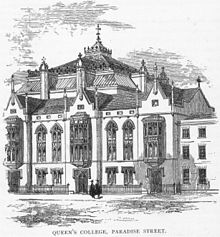
The University of Birmingham is a public research university in Birmingham, England. It received its royal charter in 1900 as a successor to Queen's College, Birmingham, and Mason Science College, making it the first English civic or 'red brick' university to receive its own royal charter, and the first English unitary university. It is a founding member of both the Russell Group of British research universities and the international network of research universities, Universitas 21.

The Royal College of Surgeons of England is an independent professional body and registered charity that promotes and advances standards of surgical care for patients, and regulates surgery and dentistry in England and Wales. The college is located at Lincoln's Inn Fields in London. It publishes multiple medical journals including the Annals of the Royal College of Surgeons of England, the Faculty Dental Journal, and the Bulletin of the Royal College of Surgeons of England.
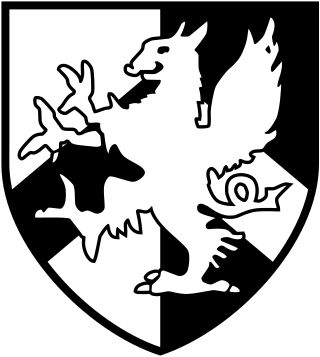
Barts and The London School of Medicine and Dentistry, commonly known as Barts or BL, is a medical and dental school in London, England. The school is part of Queen Mary University of London, a constituent college of the federal University of London, and the United Hospitals. It was formed in 1995 by the merger of the London Hospital Medical College and the Medical College of St Bartholomew's Hospital.
John Owens was an English merchant and philanthropist, whose bequest helped found part of the University of Manchester.
Edgbaston is a suburb of Birmingham, West Midlands, England. It lies immediately south-west of Birmingham city centre, and was historically in Warwickshire. The wards of Edgbaston and North Edgbaston had a combined population of 42,295 at the 2021 census.
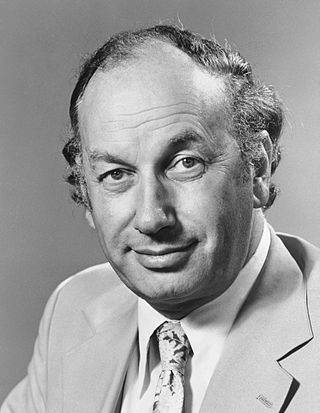
Sir John Robert Vane was a British pharmacologist who was instrumental in the understanding of how aspirin produces pain-relief and anti-inflammatory effects and his work led to new treatments for heart and blood vessel disease and introduction of ACE inhibitors. He was awarded the Nobel Prize in Physiology or Medicine in 1982 along with Sune Bergström and Bengt Samuelsson for "their discoveries concerning prostaglandins and related biologically active substances".

Mason Science College was a university college in Birmingham, England, and a predecessor college of the University of Birmingham. Founded in 1875 by industrialist and philanthropist Sir Josiah Mason, the college was incorporated into the University of Birmingham in 1900. Two students of the college, Neville Chamberlain and Stanley Baldwin, later went on to become prime ministers of the United Kingdom.
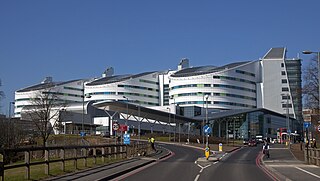
The Queen Elizabeth Hospital Birmingham is a major, 1,215 bed, tertiary NHS and military hospital in the Edgbaston area of Birmingham, situated very close to the University of Birmingham. The hospital, which cost £545 million to construct, opened on 16 June 2010, replacing the previous Queen Elizabeth Hospital and Selly Oak Hospital. It is one of the largest single-site hospitals in the United Kingdom and is part of one of the largest teaching trusts in England.

The University of Birmingham Medical School is one of Britain's largest and oldest medical schools with over 400 medical, 70 pharmacy, 140 biomedical science and 130 nursing students graduating each year. It is based at the University of Birmingham in Edgbaston, Birmingham, United Kingdom. Since 2008, the medical school is a constituent of The College of Medical and Dental Sciences.

Herbert Tudor Buckland was a British architect, best known for his seminal Arts and Crafts houses, the Elan Valley model village, educational buildings such as the campus of the Royal Hospital School in Suffolk and St Hugh's College in Oxford.

Sir Harry Gilbert Barling, 1st Baronet was an English surgeon.
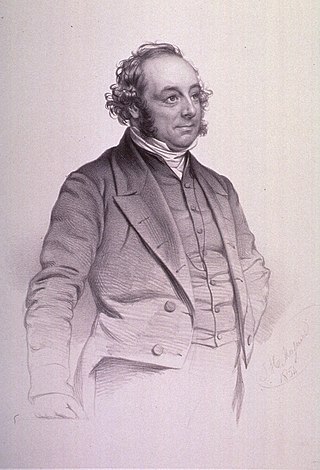
William Sands Cox was a surgeon in Birmingham, England. He founded Birmingham's first medical school in 1825 as a residential Anglican-based college in Temple Row, where a blue plaque commemorates him on the House of Fraser department store, and in Brittle Street. Cox went on to found the Queen's Hospital in Bath Row as a practical resource for his medical students.

The original Queen Elizabeth Hospital was an NHS hospital in the Edgbaston area of Birmingham situated very close to the University of Birmingham. It was replaced by the new Queen Elizabeth Hospital, nearby.

Sir Harry Guy Dain FRCS was a British physician.
John Jones Bateman (1817–1903) was an English architect, active in the town of Birmingham, where he designed a number of important civic buildings, and nonconformist churches, often in partnership with George Drury.

John Thackray Bunce was a British journalist and writer. He served as editor of Aris's Birmingham Gazette from 1860 to 1862, and of the Birmingham Post from 1862 to 1898.
Wyggeston Grammar School for Boys was a grammar school in Leicester, England, in existence from 1876 to 1976.
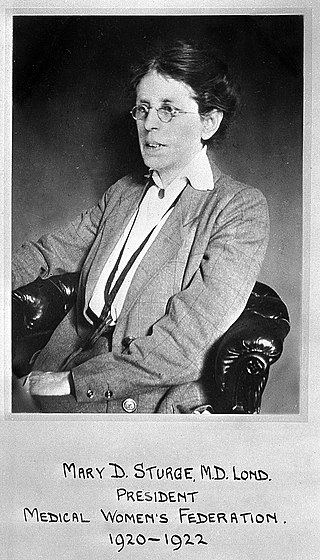
Mary Darby Sturge was a British medical doctor, known for her pioneering work with alcoholism and championing the importance of preventative medical care. She is credited as being the second woman doctor in Birmingham and was President of the Medical Women's Federation from 1920 to 1922.

Samuel Wilson Warneford was an astute and eccentric English cleric and philanthropist from an old but generally impoverished family. He married into money, as his father had done, and thereafter spent his life trying to dispose of his fortune to the benefit of religious, educational and medical causes in England and abroad. A zealot, long widowed and childless, his domestic life was frugal and he left nothing to his family.


